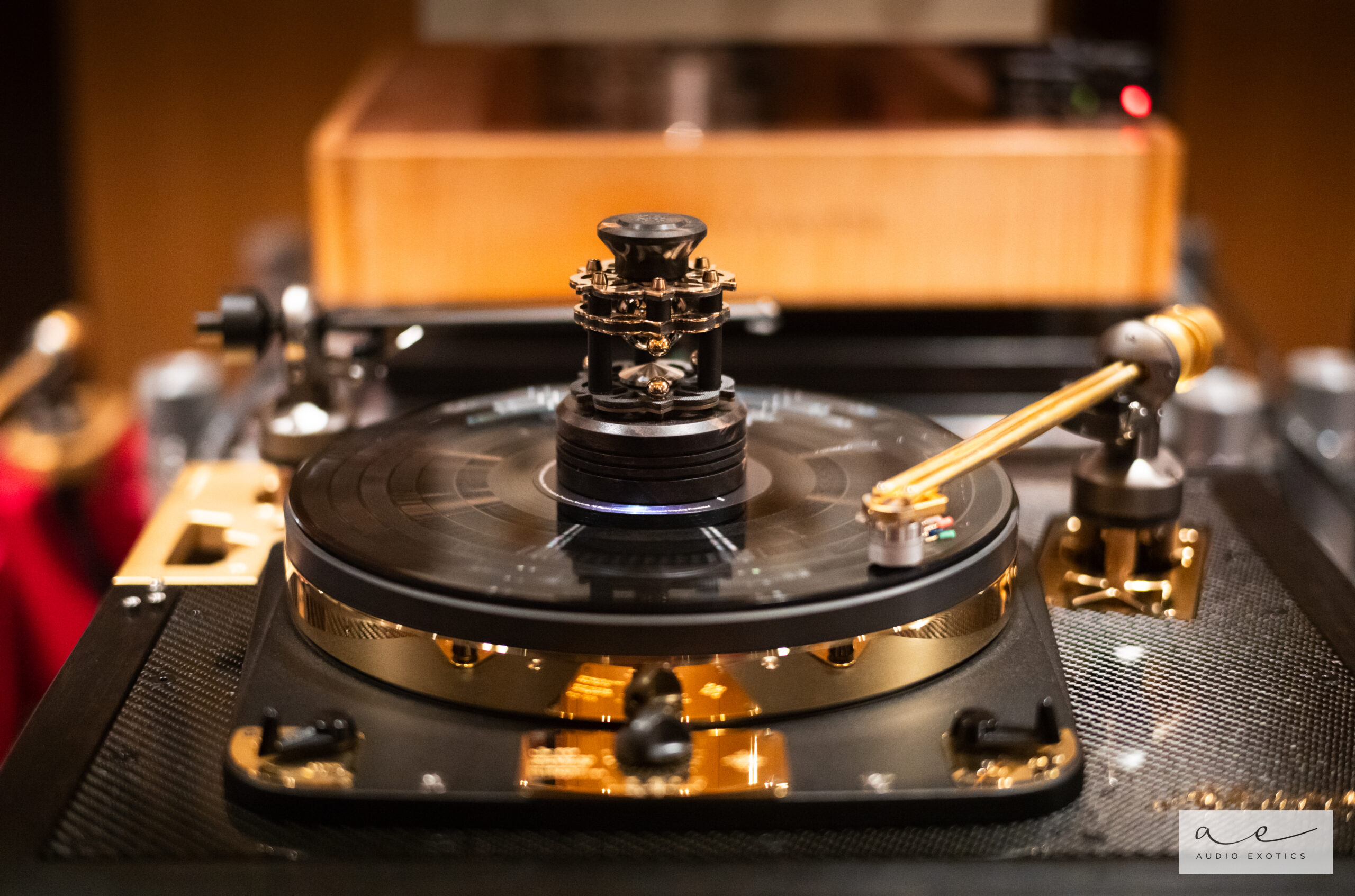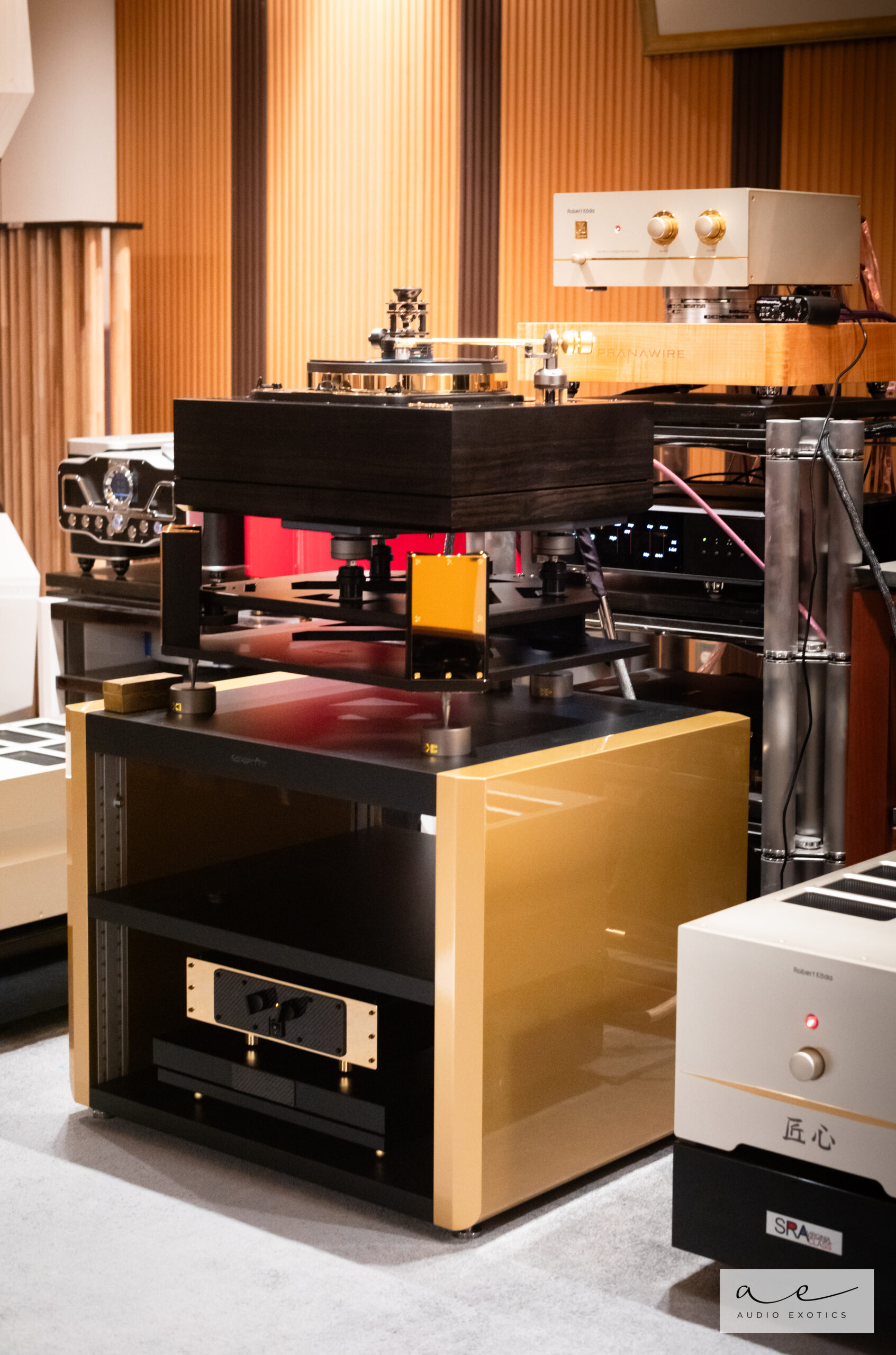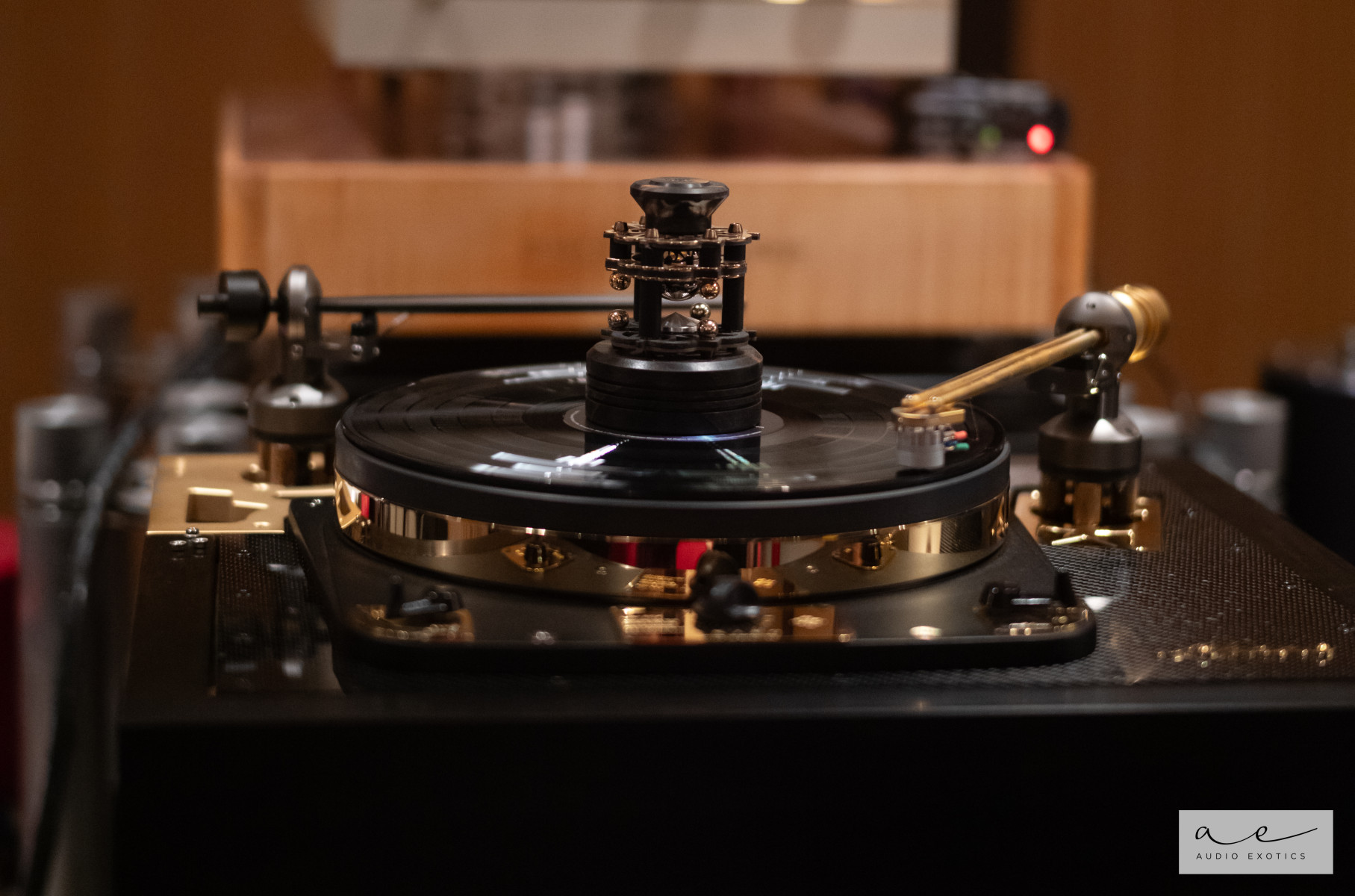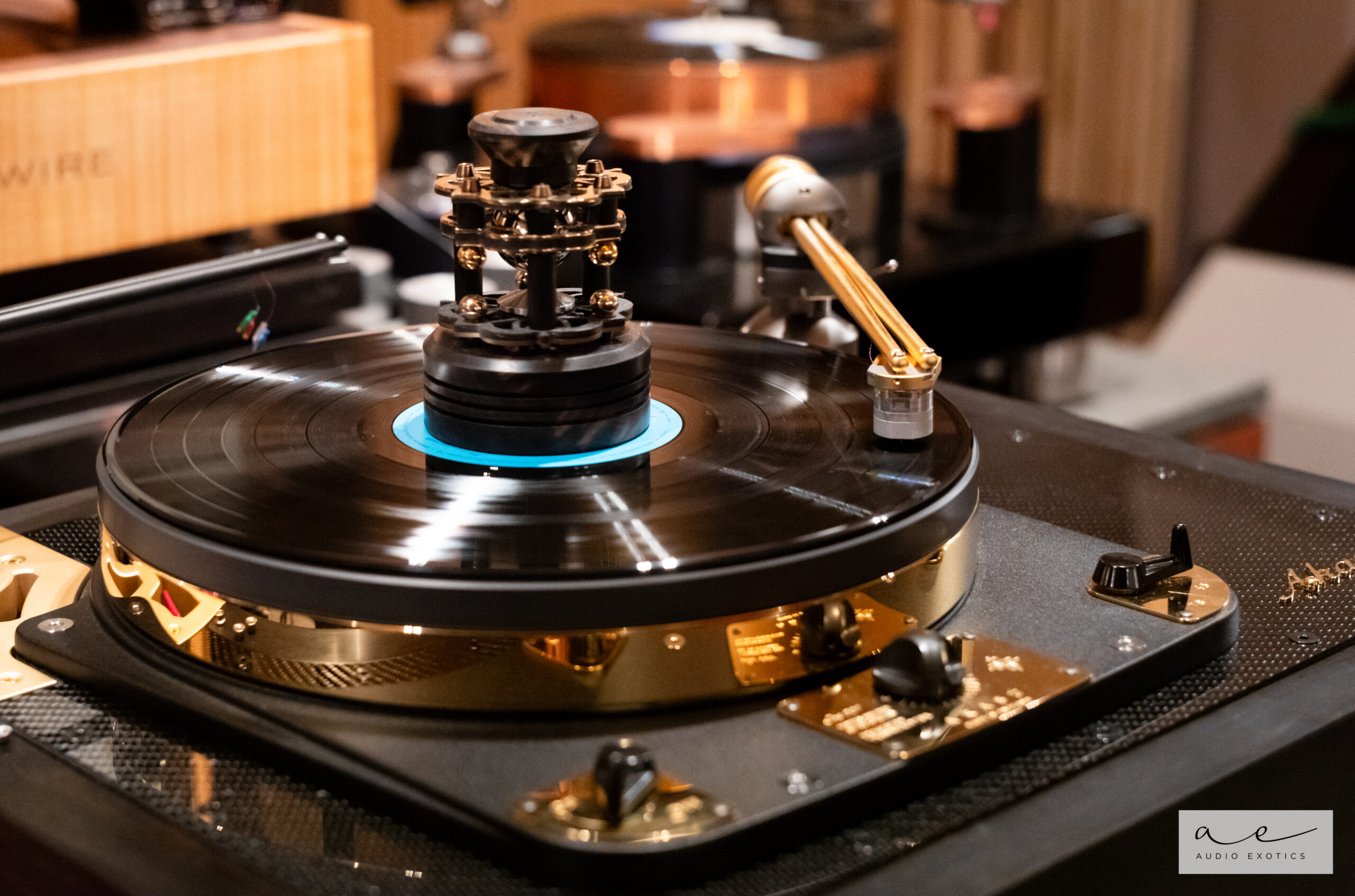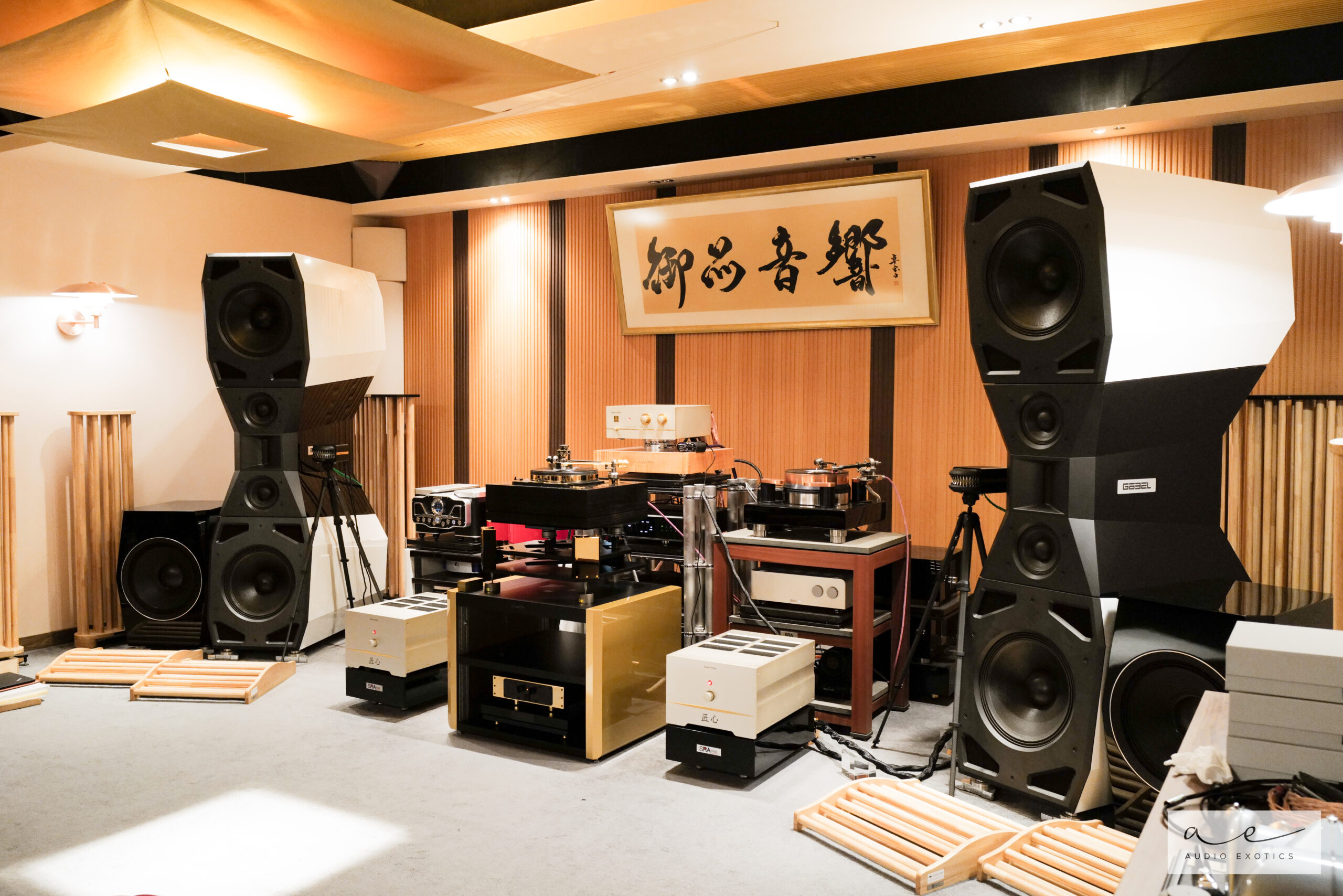Dalby Akasu Elemento
About Dalby Akasu Elemento
The Akasu Elemento (AE) project was initiated by Lee Paul Dalby from United Kingdom 5 years ago without any commercial considerations and third-party funding support. I was intrigued from the outset of this unique daring conception and closely followed its design and engineering progress ever since. It’s a freak of nature. A one of a kind. I proclaim it as the “Analog Turntable of the Century”. The goal is neither to claim it is the most expensive turntable in the world (there is not a price tag attached to it) nor whatever “the best” means. Indeed, the Akasu wasn’t made for resale. They will only ever be three: one for Lee, one for Chris of AE, and one for spare. The ordeal is to exemplify an attitude and a standard of extreme artisanal craftsmanship, to ascertain it a legend. The objective of the design is to resurrect the soul of artists through recorded music on vinyl without sonic coloration by the materials the turntable built upon. (Beware minimization of mechanical vibrations does not warrant the elimination of sonic signature of material from a lump of copper and aluminum). The engineering required to prove Lee’s philosophical goal is a gigantic undertaking never ever attempted by anyone hitherto. Lee counts on AE to unleash the full potential of it at Divin Lab. Dalby Audio Design and Audio Exotics shall make history.
Visit theDalby Akasu Elemento Website

